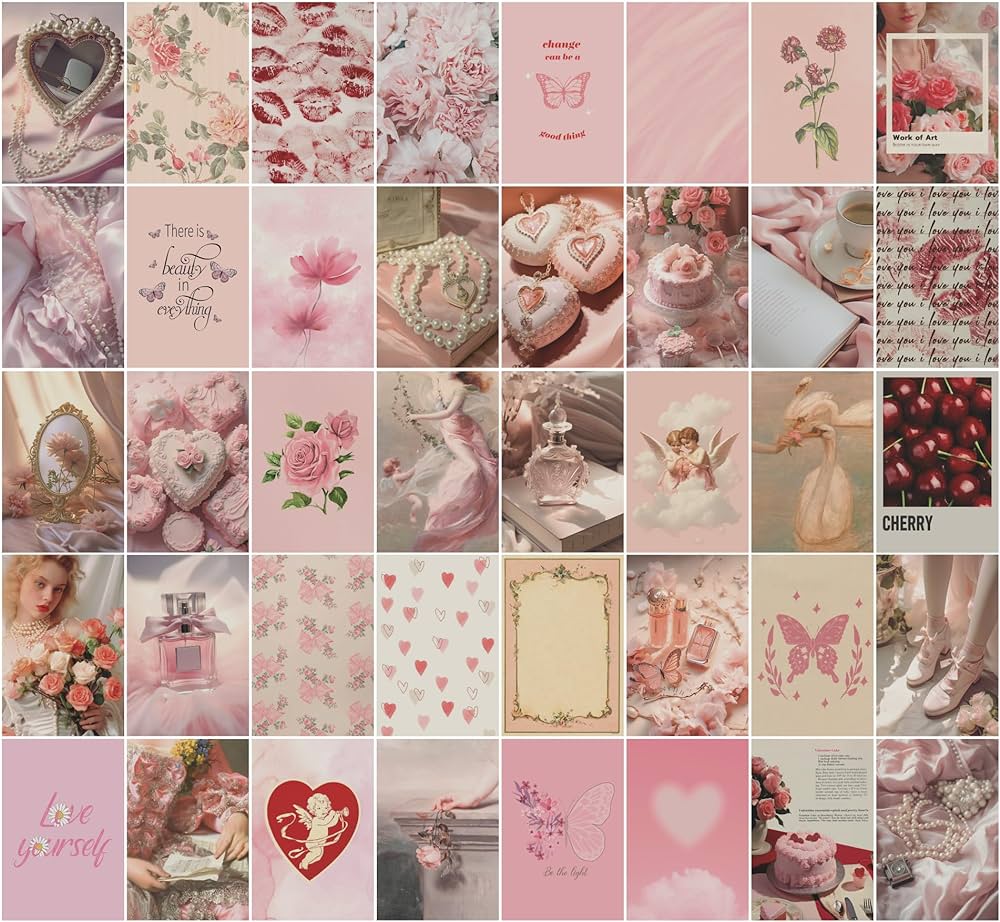In This Article
I. Origins and Evolution of the Coquette
Defining Coquetry Through History
The term “coquette” has its origins in 17th-century France, where it was used to describe a woman who engages in flirtatious behavior, often with a playful or teasing intention. Historically, being a coquette involved a delicate balance of wit, charm, and subtlety in social interactions. And it was considered an art form among women in French salons and courts. This daring social dance allowed women, who were often limited in their autonomy, to wield a form of soft power and subtly influence their social standing. Despite the negative connotations that sometimes accompanied the term, the historic coquette used her understanding of social dynamics to navigate a male-dominated society with grace and intelligence.
The Coquette in Literature and Popular Culture
The archetype of the coquette has been immortalized in literature, theater, and film. Often embodying a character who is both desirable and cunning, using her charm to captivate and sometimes deceive. From the flirtatious heroines of Jane Austen’s novels to the seductive figures in Edith Wharton’s narratives, the coquette was depicted with a mixture of admiration and caution. Beyond the pages, the concept of the coquette has evolved in popular culture, seen in the femme fatales of noir films and the ingenues of modern cinema. Portrayed as captivating and elusive. The coquette captures the complexity of social and romantic pursuits, leaving a lasting impact on audiences and readers alike.

The Coquette’s Role in Modern Society
In contemporary society, the idea of the coquette has expanded beyond the traditional female role, becoming a more inclusive concept that can apply to people of any gender. Today’s coquette may still use flirtation and charm to engage with others, but the dynamics have changed to reflect a more egalitarian context. The modern coquette plays with traditional norms and stereotypes, often using ironic detachment and self-awareness to entertain and engage. In a world where social interactions are as likely to happen online as in person, the coquette adapts, bringing the timeless art of flirtation to digital communication with emojis, witty comments, and playful banter on social media platforms.
II. The Psychology Behind Coquetry
Understanding the Allure of the Coquette
The allure of the coquette lies in the excitement and mystery they bring to social interactions. Psychologically, the coquette’s playful refusal to be easily pinned down or defined can be a captivating quality that elicits fascination and desire. This allure often hinges on the ambiguity of intentions — the coquette keeps others guessing, creating a sense of unpredictability that can be both frustrating and enticing. This dance of push and pull, the strategic withholding of attention or affection, can intensify interest, as others strive to gain favor or decipher true intentions.

The Coquette’s Means of Subtle Influence
A coquette’s clothing power lies in subtlety and the nuanced use of non-verbal cues such as body language, eye contact, and playful touching. These silent signals speak volumes, offering hints without overt declarations, suggesting interest without explicit confirmation. The skillful coquette also employs language to flirt — double entendres, light teasing, and compliments pepper their conversation, keeping their interactions light, engaging, and oftentimes, open to interpretation. This approach not only maintains a sense of intrigue but also allows the coquette to navigate social situations with flexibility. Altering their approach based on the responses they receive.
Ethical Considerations of Coquettish Behavior
The ethical aspect of coquettish behavior is an important consideration. While flirtation can be harmless and consensual, it’s vital to recognize the line between playful banter and leading someone on. A responsibly practiced coquetry takes into account the feelings of others. Ensuring that their interactions are not manipulative or detrimental to anyone’s emotional wellbeing. It is crucial for a coquette to exercise empathy and to approach flirtation with a level of honesty and transparency about their intentions to maintain ethical integrity in their interactions.

III. Embracing Coquettish Charms in Daily Life
Cultivating Coquettish Charms for Personal Growth
Embracing coquettish charms can be a means of personal development, encouraging self-confidence and social adeptness. Cultivating a coquette’s wit and charm requires a keen sense of observation, an understanding of social cues. And the ability to react gracefully under social pressure. These skills can prove invaluable in various areas of life, from negotiating in the boardroom to navigating the complexities of interpersonal relationships. Adopting a coquettish demeanor doesn’t necessarily mean playing games or being inauthentic; rather. It’s about enhancing one’s social repertoire with a playful, engaging approach to interactions. By honing the ability to communicate with subtlety and charm, individuals can build deeper connections and open up new opportunities for personal and professional growth.
The Role of Appearance and Style in Coquetry
While coquettish behavior primarily involves verbal and non-verbal communication, appearance and personal style also play significant roles in the art of coquetry. A coquette knows that style is a form of self-expression, an extension of their personality that can influence first impressions and non-verbal communication. However, the essence of coquettish style lies not in following the latest fashion trends but in choosing attire and grooming that enhance one’s natural to enhancing one’s romantic life. Developing a light-hearted, flirtatious demeanor can increase one’s likability, opening doors to new relationships and opportunities. Furthermore, the coquette’s artful way of engaging with others can be seen as a form of emotional intelligence, a way to create positive interactions and leave lasting impressions. By practicing coquetry in a responsible and self-aware manner. One can refine social skills that are beneficial in both personal and professional contexts.

The Coquette’s Guide to Networking and Social Strategy
The principles of coquetry can also apply to networking and social strategy in professional settings. The coquette’s art of drawing people in and maintaining their interest can make for more memorable encounters and stronger connections in the business realm. By showing genuine curiosity, offering compliments. And engaging colleagues or potential business partners in lighthearted conversation, the coquette sets a tone of amiability and collaboration. Though boundaries must be maintained in a professional context. A touch of coquettish charm can facilitate the building of rapport and may even lead to more successful business outcomes.

Balancing Coquettishness with Authenticity
While embracing the coquette’s charm can be advantageous. It’s essential to balance coquettish behavior with authenticity. A coquette thrives on genuineness, ensuring that their interactions, while playful, are rooted in sincerity. Authenticity breeds trust, and even the most skillful coquette must be mindful to not lose themselves in the performance. By finding a balance between flirtatious play and genuine connection. A coquette can engage others in a meaningful way without compromising their true self. This balance is the key to embodying coquettish charms without resorting to deception or artificiality.


